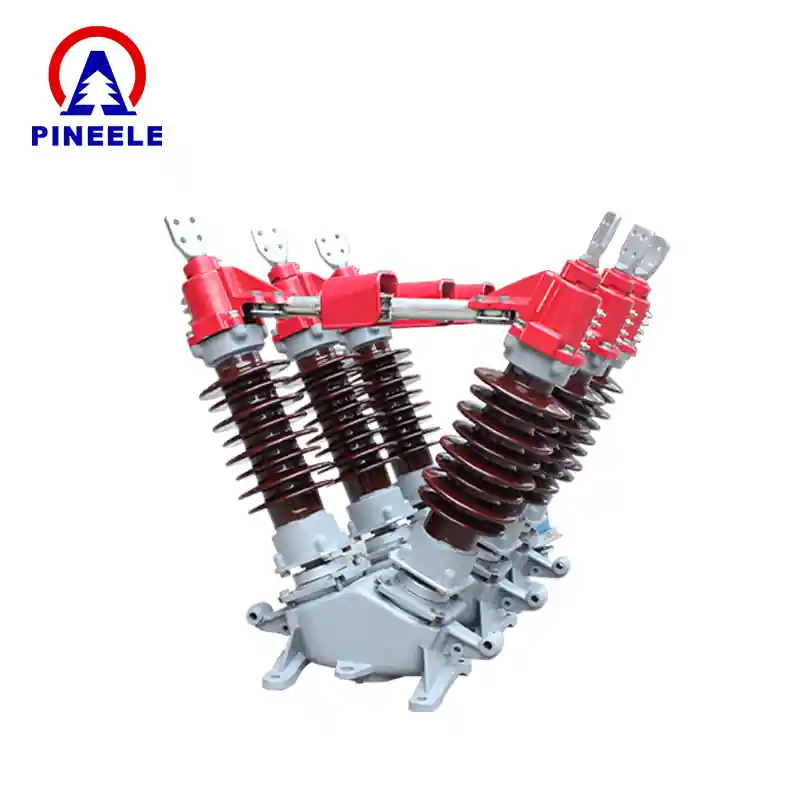
In electrical systems, especially in residential and light commercial settings, the 200 amp disconnect is a critical component. It serves not only as a safety device but also as a necessary element for code compliance and reliable service disconnection. This article dives deep into the purpose, applications, technical features, and selection guidelines for 200 amp disconnect switches, helping both professionals and informed homeowners make confident choices.
What Is a 200 Amp Disconnect?
A 200 amp disconnect switch is a device designed to interrupt power flow in a circuit rated up to 200 amperes. It is typically installed between the utility meter and the electrical panel or between a generator and a load. It enables maintenance or emergency shutoff of the entire electrical system.
These disconnects can be fusible or non-fusible, and may feature either manual or automatic operation. The National Electrical Code (NEC) often requires such disconnects for systems where immediate service disconnection is critical for safety or regulatory compliance.
Key Applications
- Residential Power Systems: Used in homes with 200 amp service ratings, typically in main panel setups.
- Backup Power Installations: Integrated in generator transfer switch systems.
- Solar Power Systems: Acts as a disconnect between inverters and load centers.
- Commercial Buildings: Protects HVAC systems, pump panels, and subpanels.
기술 사양
A standard 200 amp disconnect may have the following features:
- Voltage Rating: 120/240V single-phase or 277/480V three-phase
- Interrupt Rating: Typically 10,000 AIC (Ampere Interrupting Capacity)
- Enclosure Type: NEMA 1 (indoor), NEMA 3R (outdoor)
- Switch Type: Fusible (uses fuses for overcurrent protection) or Non-fusible
- Manual or Automatic Operation
- UL Listing: Ensures safety and compliance
Some high-end models include lockout/tagout capabilities, padlocking handles, and provisions for auxiliary contacts.
Comparison With Similar Products
| Feature | 100 Amp Disconnect | 200 Amp Disconnect | 400 Amp Disconnect |
|---|---|---|---|
| Max Current | 100A | 200A | 400A |
| Usage | Small homes | Standard modern homes, light commercial | Large buildings |
| Cost | $$ | $$$ | $$$$ |
| Size | Compact | Medium | Large |
| NEC Requirement | Often optional | Commonly required | Always required |
Buying Considerations
When choosing a 200 amp disconnect, consider:
- Installation Location: Indoor or outdoor use determines the enclosure rating.
- Fusible vs. Non-Fusible: Fusible offers better overcurrent protection.
- Voltage & Phase: Match your electrical system type.
- Certification: UL listed or equivalent.
- Brand Reliability: Trusted names include Square D, Siemens, Eaton, Schneider Electric.
Market Outlook
The demand for high-capacity disconnects is rising due to:
- Increased installation of solar PV and backup generators.
- Upgrades in older homes to modern 200A services.
- Tighter safety regulations.
According to the IEEE and National Electrical Manufacturers Association (NEMA), the global disconnect switch market is projected to grow at a steady CAGR of 5.3% from 2023 to 2028.
FAQ: Frequently Asked Questions
A: It is highly recommended to hire a licensed electrician. Mistakes can result in code violations or serious safety risks.
A: Yes, in many jurisdictions, NEC requires a dedicated service disconnect between the solar system and the utility.
A: Fusible types are better when overcurrent protection is needed. Your local code or electrician can guide you.
Final Thoughts
A 200 amp disconnect is more than just a switch—it’s a critical safety and operational component in any robust electrical system. Whether you’re upgrading your home, installing a generator, or managing a light commercial site, making the right choice ensures compliance, protection, and peace of mind.